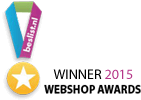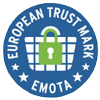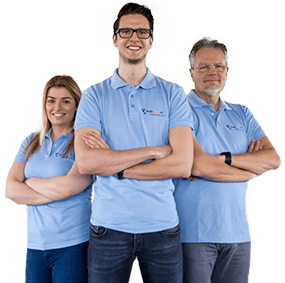Scoliosis
Suffering from Scoliosis? If so, then take a look at our assortment of support products to help you with this disorder. Tested and selected by our Medical Team. Prefer additional information? Feel free to read on, we're more than happy to explain it to you.
Read more »
Which brace is best for you?
For your convenience we use 3 protection levels, that way you will always pick the right brace.
Level 1: Is colored green, and stands for Basic protection.
Level 2: Is colored orange, and stands for Advanced protection.
Level 3: Is colored red, and stands for Highest protection.
General information
Scoliosis is a lateral curvature of the spine. A curvature appears in the spine. Curvature is the common term for the Greek word Scoliosis. Scoliosis literally means 'crooked back'. Usually, 2 curvatures occur when suffering from Scoliosis, 1 curvature is also common. The curvature of the back causes a bulging of the ribs on the back. This bulging is called Gibbus.
How many forms of Scoliosis are there?
Scoliosis can be divided in 4 types: Idiopathic (cause unknown), congenital, neuro-muscular (caused by a muscle or nerve disorder) and degenerative (caused by old age).
Idiopathic Scoliosis
Idiopathic means no known cause. In 80% of the cases, no cause is found for Scoliosis. There are indications that there are several causal factors, including a hereditary factor, possibly in the form of weakened connective tissue and a neurological factor in the form of a disorder in the central nervous system. With idiopathic scoliosis, the muscles and vertebrae are initially normal, but during growth, a deformation / curvature develops.
Congenital Scoliosis
Congenital scoliosis is caused by 1 or more birth defects in the spine. For example, different vertebrae that have grown in each other. Many of these abnormalities are located in multiple places in the spine. These abnormalities can occur during the first weeks of pregnancy. Scoliosis can be diagnosed as soon as a baby is born. Sometimes it goes unnoticed, other times it leads to serious physical complaints and back disorders.
Neuro-muscular Scoliosis
Neuro means nerve and musculus means muscle. Neuro-muscular scoliosis is caused by the powerlessness or paralysis of muscles or muscle groups. Often caused by muscle disorders such as Duchenne's and Spinal Muscular Atrophy.
Degenerative Scoliosis (old age)
There are two types of degenerative scoliosis
Degenerative Scoliosis
A newly developed form of scoliosis which usually occurs among people above the age of 45 that did have a normal spine as a kid and young adult. A degenerative scoliosis develops during adulthood due to aging and possible osteoarthritis that causes a vertebral shift, a collapsing of an intervertebral disc and sometimes osteoporosis. This type of scoliosis usually affects the lumbar vertebrae and often leads to pain and limitation of movement. This is usually accompanied by a narrowing of the spinal canal that causes nerval entanglement and severe pain. Degenerative scoliosis can rapidly increase in seriousness.
Posture Scoliosis
In addition to (structural) scoliosis, there is (non-structural) posture related scoliosis. This curvature is caused by an incorrect posture. Most of the times it is because your legs are not the same length. Your back tries to compensate for the difference in length and therefore it grows crooked. To remedy this, patients receive special posture therapy and exercises.
Scoliosis Support
In some cases, a back support can be be prescribed to help treat scoliosis. This is especially the case with young people who are still growing and are suffering from idiopathic scoliosis. The purpose of this is to stop scoliosis from growing worse. When it comes to neuro-muscular and congenital scoliosis, a back brace can also be necessary. Adults can get a special corset to help support the back and relieve pain. There are various types of back braces and posture correctors that can help you with your scoliosis.


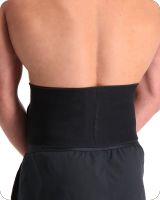
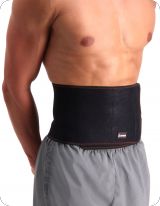
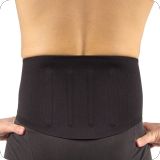
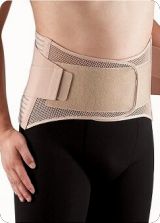
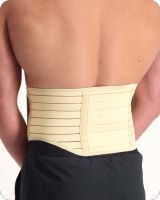

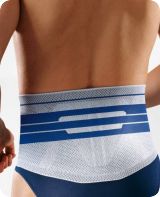
_160_216_80_ffffff_all_10.jpg)

